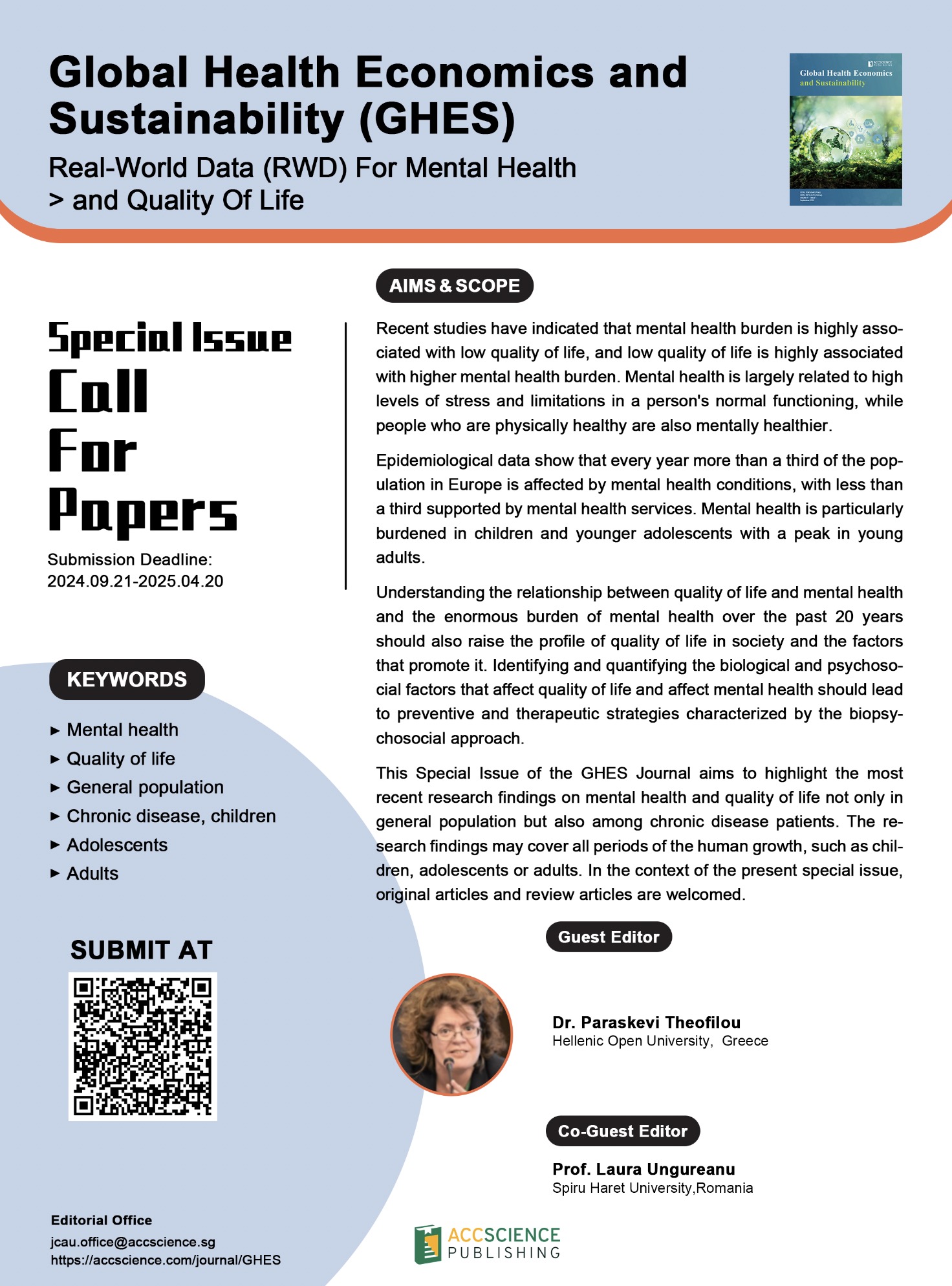
Recent studies have indicated that mental health burden is highly associated with low quality of life, and low quality of life is highly associated with higher mental health burden. Mental health is largely related to high levels of stress and limitations in a person's normal functioning, while people who are physically healthy are also mentally healthier.
Epidemiological data show that every year more than a third of the population in Europe is affected by mental health conditions, with less than a third supported by mental health services. Mental health is particularly burdened in children and younger adolescents with a peak in young adults.
Understanding the relationship between quality of life and mental health and the enormous burden of mental health over the past 20 years should also raise the profile of quality of life in society and the factors that promote it. Identifying and quantifying the biological and psychosocial factors that affect quality of life and affect mental health should lead to preventive and therapeutic strategies characterized by the biopsychosocial approach.
This Special Issue of the GHES Journal aims to highlight the most recent research findings on mental health and quality of life not only in general population but also among chronic disease patients. The research findings may cover all periods of the human growth, such as children, adolescents or adults. In the context of the present special issue, original articles and review articles are welcomed.
How do college students who are parents feel anxiety, stress, and depression during their examination preparation?
Association of teleworking with employee psychosocial characteristics and well-being: A descriptive study



